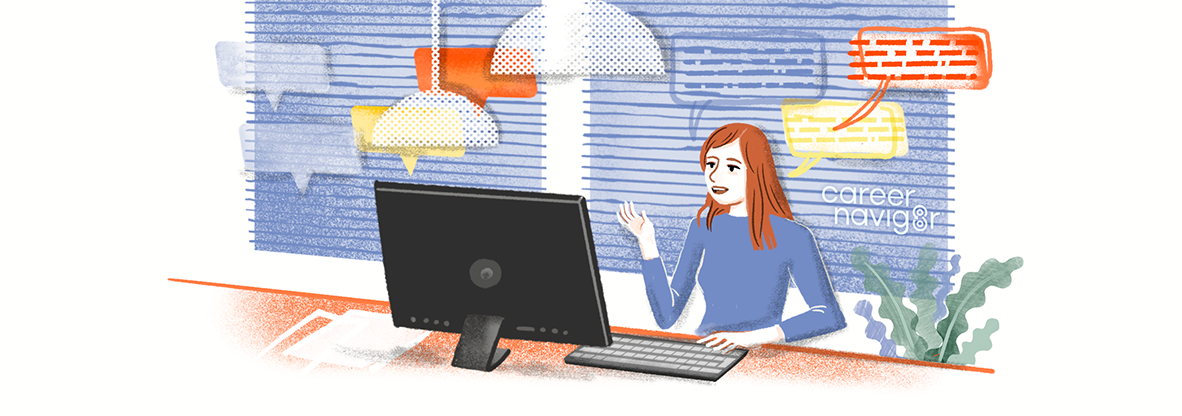Cracking The Cover Letter Code: How to Send the Perfect Job Application

If you’re the kind of person who’s always struggling to write the perfect cover letter, then you’ve come to the right place. Writing a cover letter can be a difficult, frustrating, and time consuming task – especially if you’re currently out of work and feel the pressure to apply for as many roles as you can.
Fortunately, cover letters aren’t as much of a mystery as they might seem and there are some simple tips you can follow to make life easier for yourself.
The Ground Rules
The most important lesson you can ever learn about writing a cover letter is this: always follow the ground rules.
You’ll find a lot of information online relating to the unwritten conventions of cover letters and the tone you should take. You’ll see advice like avoid cliches and don’t beat about the bush. These are both good pieces of advice but what people often neglect to mention is that they’re built on the back of a handful of larger guiding principles. These are what we’re calling our ground rules.
So what are the ground rules of writing a cover letter?
- Clarity – your cover letter should be easy to read and understand.
- Brevity – your cover letter should respect the reader’s time.
- Professionality – if your cover letter is sloppy then that will reflect badly on you and your work.
- Value – your cover letter needs to show why you are the absolute best candidate for this role.
Now, you might be wondering why we’ve singled out these four principles specifically. We might just as well have said that formatting was a core principle. After all, good formatting can often get you clarity, brevity, and professionality all in one go.
The reason we’ve singled these four examples out is because they all directly contribute towards ensuring that a cover letter serves its core purpose.
When you write a cover letter, you’re telling a story about what kind of a person you are. What you need to convey is that you’re exactly the candidate the hiring manager is looking for. Most of that will happen through your experience and qualifications but if you fail to follow these rules while telling that story, then you’ll inevitably send the wrong message.
You Don’t Have to Reinvent the Wheel
If all that sounds like it might restrict your creativity, then good. A cover letter isn’t an exercise in creative writing. A cover letter is all about communication.
If you’ve not come across it before, the phrase ‘reinventing the wheel’ refers to an attempt to solve a problem that has already been solved. Now, for about as long as humans have been writing stuff down, we’ve been writing letters to one another in an effort to extract money in exchange for goods and services. That’s exactly what a cover letter is.
All of this to say the internet is full of examples of good cover letters and while they might not apply directly to your situation, the basic format and structure can easily be adapted.
Using AI for Your Cover Letter
Alternatively, this is exactly the type of situation where generative AI might come in handy. Freely available tools such as ChatGPT have read more cover letters than you can even dream of and while their results might not be perfect, a little work will get you most of the way there.
If you do use AI, there are two steps you should never forget:
- Provide adequate context – the less you tell it, the more generic and cliche your cover letter will be. While being generic isn’t inherently bad, using phrases that add words but say nothing is. Remember that the exact words you use are just a tool for communicating the content (who are you, what can you do, how can you prove it). It’s the content that needs to stand out. Generic cliches can only serve to get in the way.
- Read and revise – an AI’s first attempt won’t always be perfect but it doesn’t have to be. You can always ask for revisions, specifying problem areas and making suggestions for changes. If that doesn’t work, there’s nothing to stop you making the changes manually.
It’s also worth noting that one common problem you’ll find with AI models is that they often conclude a piece with a summary/recap of everything they’ve said. These tend to be very recognisable once you’ve read a handful of them – and trust us when we say that recruiters have read a lot of AI written cover letters. Nine times out of ten it’s better to just cut these as they pad the word count while adding nothing of value.
It’s also worth adding a line to your prompt, telling the AI where you’re from. Most models will default to using US English unless told otherwise.
With all that said, the goal isn’t to hide that you’re using AI. Unless you’re applying for a job based on your writing skills, most recruiters won’t care so long as the information in your cover letter is an honest representation of you and your skills.


